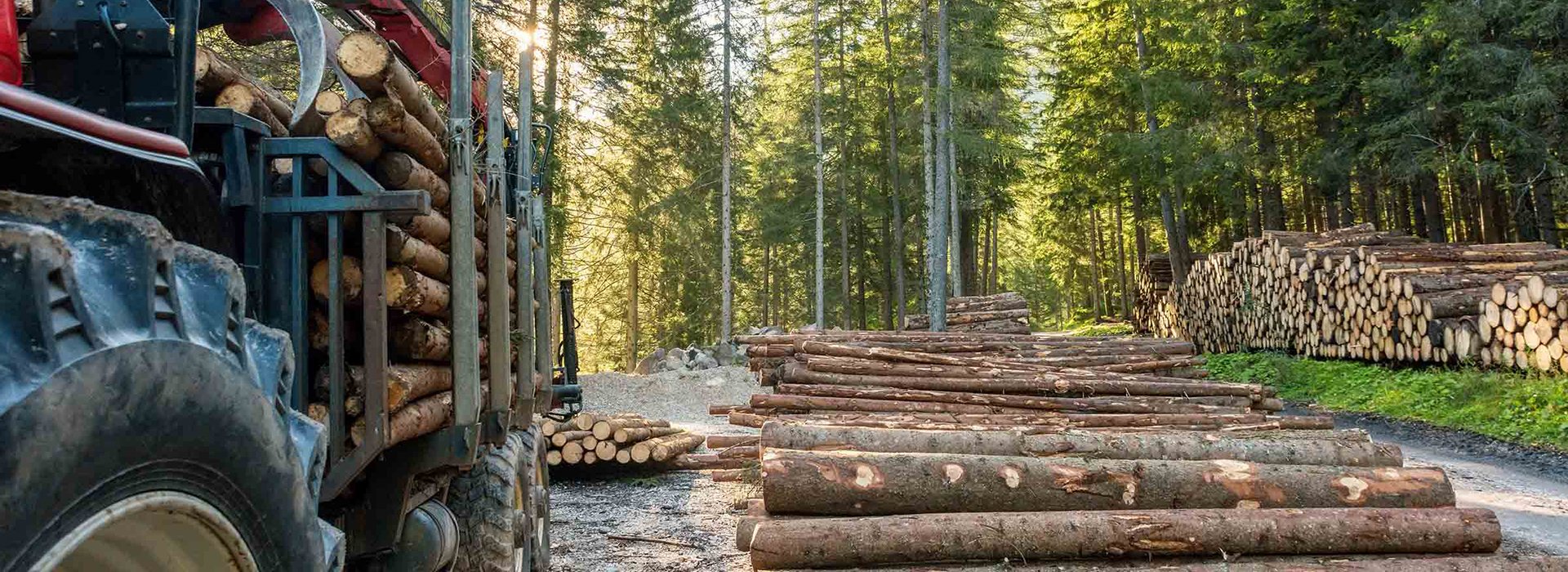Magnus Karlsson: How to make safety results work in your favour
Magnus Karlsson, Security & Safety Manager at SCA Wood discusses how taking a pragmatic approach to improving safety in the workplace helps to promote a ‘safety never stops’ mindset and improves managerial accountability.


Magnus Karlsson
Security & Safety Manager, SCA Wood
In terms of raising awareness of safety risks, when we introduce or change a rule that reduces risk and improves safe working practices we often see a trend that suggests employees are taking these lessons outside of the workplace and into their homes. So, for example, using raised platforms instead of ladders to fix the roof at home or knowing how to lift heavy packages to prevent injury. This change of mindset is good for them as they are less prone to accidents and ill health. For us as a company it improves production performance through less days of work. However, changing mindsets and behaviours is not an easy step to take. The move to a ‘safety never stops’ mindset only works when employees can see and experience the benefits of safety initiatives and that those initiatives are constantly reinforced, first and foremost, in the workplace.
Achieving cultural change
Key to improving safety performance is for safety professionals and leadership to take ownership of initiatives. This not only drives change forward, but helps to engage with those who are more at ease with a resultsbased approach. So the fact at SCA Wood we have halved the number of accidents at work helps quantify why safety is important. By highlighting these results, and with the right training and support, we can begin to change hearts and minds at all levels. Again, reinforcement is key and our annual weekly focus on safety issues is helping to emphasise the benefits of safe working practices.
Leading by example
When COVID hit, we ramped up communication so that employees stayed informed and connected with extra safety precautions we put in place. It was also important to recognise the fact that while many of us could stay at home, others, such as sawmill operators, could not. And while all workers, including myself, operated under strict COVID-safe conditions, coming into the office for me represented a gesture that I understood the risks operators were taking with their personal safety and that they were not alone. I think it’s important where possible to reinforce the fact that safety initiatives apply to all and leading by example is a good way to show this.
Improving accountability
How to prioritise safety is sometimes overlooked as an important aspect of implementing good safety actions. Different managerial roles and levels are under diverse pressures and we somehow need to build this into how we roll out safety programs. There is often a push and pull effect whereby managers and supervisors are fully on board with safety rules but additional responsibilities mean they feel conflicted. It’s vital to show that by taking the extra time to complete a task safely has a financial benefit through improved quality and, often, improved production times.